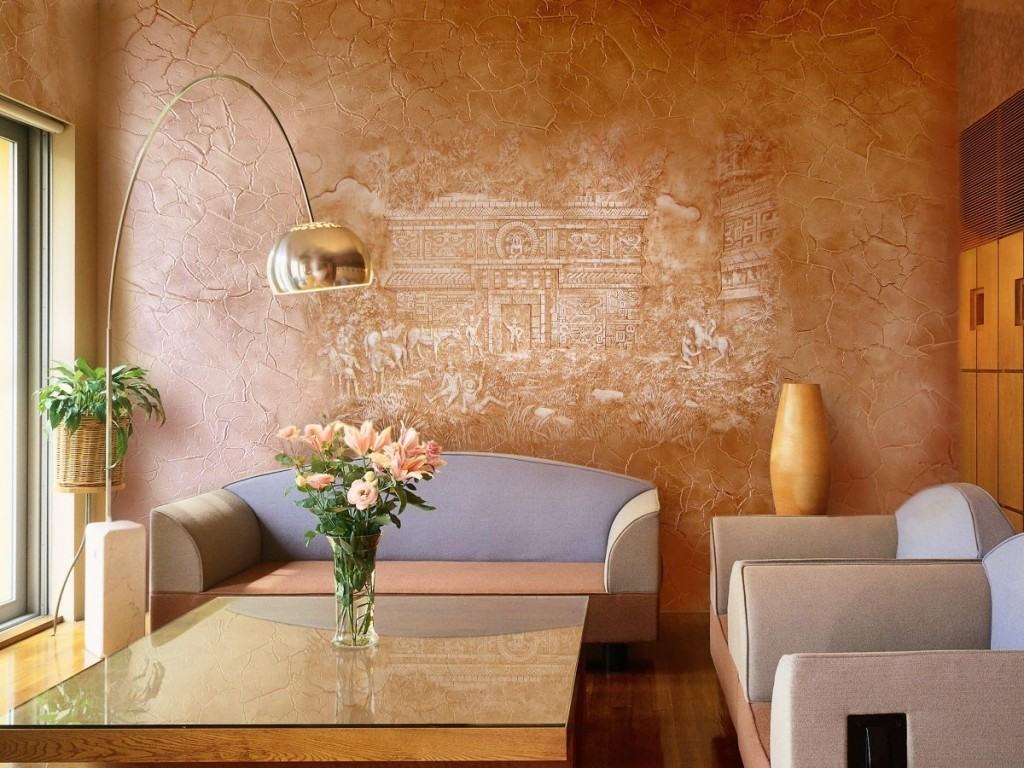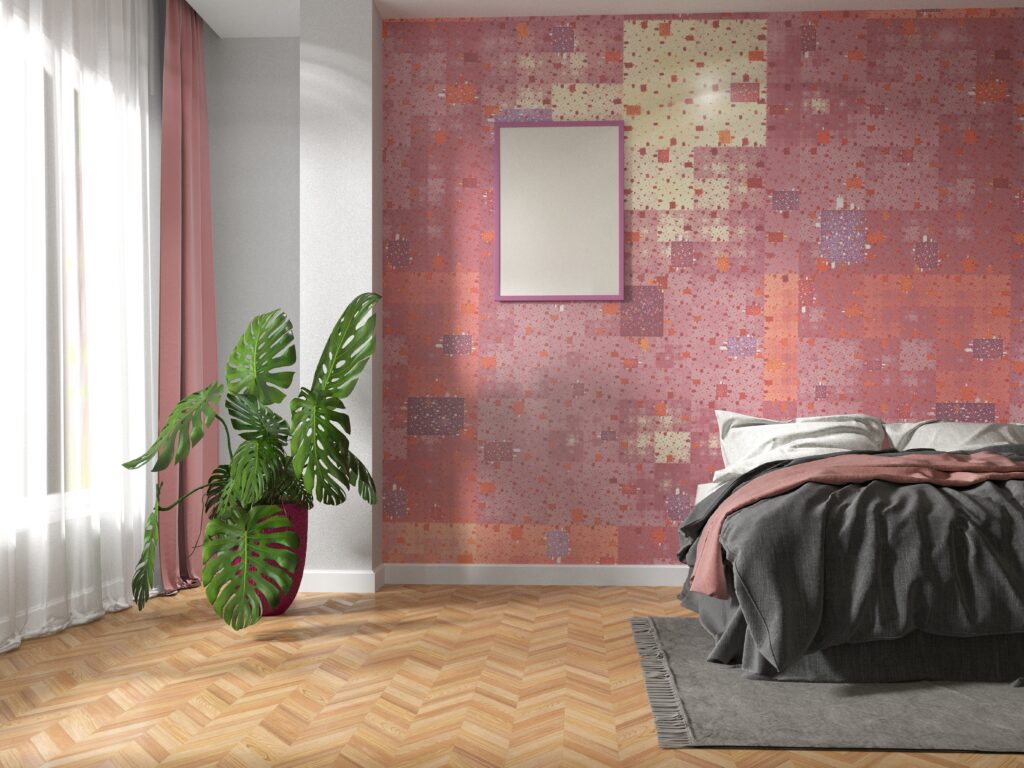Are you bored of your home’s basic and monotonous walls? Faux wall coatings can give texture and depth to any space, including yours. By using a variety of methods on your walls, you will get a style that is distinctive and tailored exactly to your tastes. If you’re new to painting and DIY projects, though, attempting these techniques on your own might be scary.
In this article provided by professional painters working with Fantastic Services, we’ll go over some popular faux wall finishes, the handyman tools you’ll need, and add some ideas to help you create a professional-looking finish. Whether you’re a professional painter and decorator or a DIY enthusiast, you’ll be able to turn your walls into pieces of art.
What is a Faux Wall Finish?
A fake wall finish is a painting method that mimics the appearance and texture of other materials like wood, marble, or stone without actually using those materials. It is a far easier technique to give depth and character to a space than utilising the actual materials.
Faux finishes may be applied to many different surfaces, including walls, ceilings, and even furniture. There are several methods for generating a fake finish, each with its own unique look and application procedure. Professional painters and decorators are skilled at generating counterfeit finishes, but with the right painting equipment and a little practice, DIY enthusiasts may achieve similar results.
Faux Finishing Methods
So, let’s explore a few exemplary faux painting methods. Sponge painting is a common technique that includes dabbing a sponge with paint onto the wall in a random manner to produce the illusion of texture. On the other hand, colour washing involves applying a thin glaze of colour to the wall using a paintbrush or roller and then delicately wiping it away to create a soft, washed-out impression. It creates a softer look.
Stippling, dragging, and frottage are some more painting methods, while stippling is the process of adding tiny dots of paint to the wall using a stippling brush to create a textured effect. If you don’t like dots, then dragging is a technique that involves dragging a dry brush in a straight line to create a striped or linear design.
Frottage is the process of pushing crumpled paper into wet paint and then removing it, leaving behind a distinct texture you can’t achieve with a brush.

How to do a Faux Wall Finish
If you want to try making a faux wall finish, you’ll need a few supplies and handyman tools.
First, select the appropriate paint for your project. Depending on the desired finish, you may require several colours of paint, as well as glazes or other specific materials. When choosing your paint, carefully read the label and follow the manufacturer’s recommendations.
Supplies and Tools for Painting
A few Diy tools and materials, and equipment are required to achieve a great faux wall treatment:
- Painter’s tape
- Drop cloths
- Sandpaper
- A decent-quality paintbrush
- A paint roller
- A paint tray
Depending on the finish you pick, you may also require additional handyman tools, such as a fake finish brush or a sponge. Invest in high-quality paint and materials to achieve results as if done by professional painters. You can confidently undertake any faux wall treatment project and get stunning, distinctive results if you have the necessary supplies and tools for painting on hand.
Painting Techniques for Beginners
If you are new to faux finishing, it is best to start with basic painting techniques such as:
- Sponging – this technique involves using a sponge to create a textured effect on the walls.
- Rag rolling – use a rag to roll on the paint to create a subtle, mottled effect.
- Strie – use a dry brush to create vertical or horizontal stripes.
- Colour washing – dilute paint with glaze and apply it to the wall to create a translucent, watercolour-like effect.
- Stencilling – make a repeating pattern on the wall with a stencil.
Remember to always practice on a small area first before starting on a larger surface. And don’t be afraid to try out different methods and colours to get the ideal fake finish for your area.
Advanced Painting Techniques
Advanced faux painting techniques like the following can create more intricate and sophisticated wall finishes.
- Venetian Plaster – This technique involves applying several layers of a special plaster mix using a trowel or spatula to create a smooth, polished finish with a marble-like appearance.
- Wood Graining – This technique replicates the look of natural wood on walls using a combination of glazes and brushes or DIY tools to create the grain pattern.
- Metallic Finishes – This technique uses metallic paints or powders to add a reflective or shimmering effect to your walls.
- Stencilling – Stenciling involves using a template to create a design or pattern on your walls using paint or a glaze.
- Textured Plaster – This technique involves adding texture to your walls using a textured plaster or joint compound and applying it with a trowel or roller.
Remember that these advanced methods demand more expertise and practice. Therefore it’s recommended to begin with basic techniques before attempting these advanced ones. You can produce gorgeous imitation finishes on your walls with patience and practice.
Whatever method you use, it’s critical to take your time and practise on a small part of the wall before embarking on a bigger job. Faux wall finishes require patience and attention to detail, but with some practice and the right handyman tools for painting, you can achieve beautiful and unique results in your home or business.
Conclusion
Finally, faux wall treatments are an excellent way to add character and texture to your walls. Even as a beginner, anyone can obtain professional-looking results with the correct supplies, DIY tools, and skills. Experiment with several painting techniques to discover the one that best suits your personality and the room you’re working on.
Remember to enjoy yourself and take your time with each stage, as patience and attention to detail are essential for a flawless results. So go ahead, let your imagination go wild and use faux wall treatments to transform your walls into works of art.





